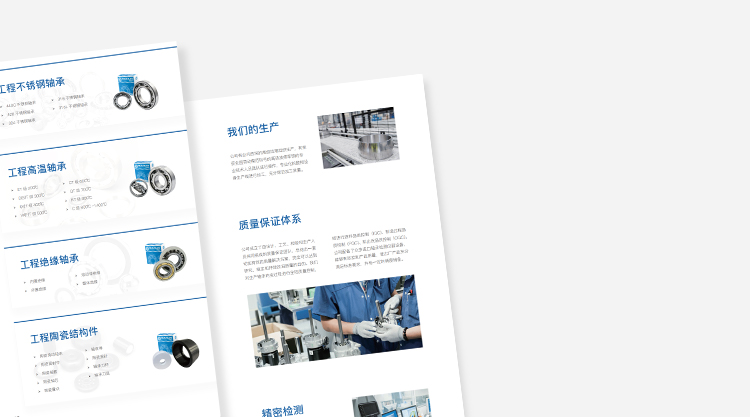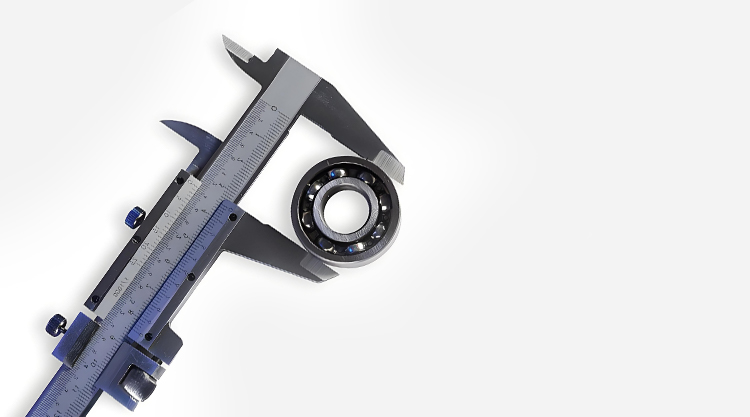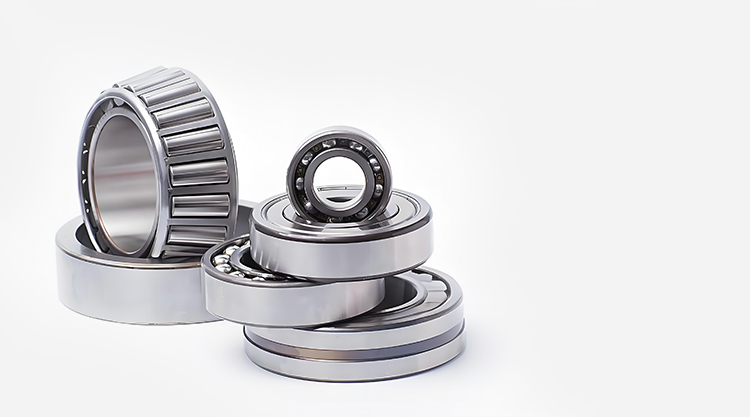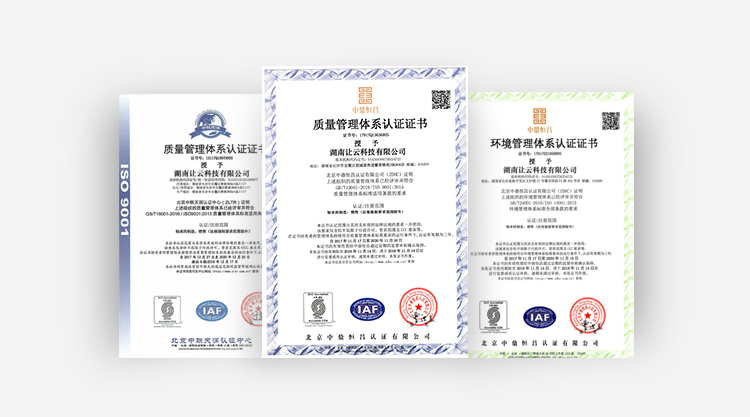High-Speed Equipment Bearing Selection Guide
1. Core Performance Requirements of High-Speed Bearings
| Low Friction Characteristics | When running at high speeds, the friction coefficient between the rolling elements and raceways should be controlled in the range of 0.001-0.003 to avoid heat generation that could lead to lubricant failure. Ceramic ball bearings (e.g., H7005 series) achieve a 40% weight reduction and a 30% decrease in friction losses through silicon nitride material. |
|---|---|
| High Precision Assurance | Bearings with P4 grade precision and above can meet the needs of spindle-type equipment. The angular contact ball bearing (e.g., B7000CY series) controls radial runout to within 2μm by using a 15° contact angle design. |
| Thermal Optimization Design | An open structure combined with an oil mist lubrication system reduces the temperature rise by 15-20°C compared to traditional designs. A case from a wind turbine spindle shows that after using a double-row cylindrical roller bearing (NN30/W33), the continuous operating temperature remains stable below 65°C. |
2. Technical Comparison of Mainstream Bearing Types
| Bearing Type | Applicable Speed Range | Load Capacity | Typical Application Scenarios |
|---|---|---|---|
| Angular Contact Ball Bearing | 6000-15000rpm | Combined Radial and Axial Load | Spindle of machine tools, centrifugal pumps |
| Deep Groove Ball Bearing | 3000-8000rpm | Radial Load | Motors, drive shafts |
| Ceramic Ball Bearing | 15000-30000rpm | Light Load High Speed | Dental drills, drone motors |
| Cylindrical Roller Bearing | 2000-6000rpm | Heavy Radial Load | Rolling mills, heavy-duty gearboxes |
3. Frequently Asked Questions about Bearing Selection for High-Speed Equipment
Q1: Is excessive heat generation in high-speed equipment bearings caused by incorrect bearing selection?
A: It could be a selection issue (e.g., the bearing's maximum speed is lower than the actual equipment speed), installation deviation (e.g., radial clearance being too small), or insufficient lubrication. It is recommended to first check if the maximum speed of the high-speed bearing matches, and then inspect installation accuracy and lubrication conditions.
Q2: Can different types of high-speed bearings be mixed in the same high-speed equipment?
A: Mixing is not recommended. The structural and load characteristics of bearings used in different types of high-speed equipment vary greatly. Mixing them can lead to uneven force distribution, increased wear, and even equipment failure.
Q3: How can the service life of high-speed equipment bearings be extended?
A: In addition to selecting the correct high-speed bearing, three points should be considered: First, use specialized high-speed bearing lubricants (such as synthetic lithium-based grease); second, control the operating temperature of the equipment (avoid exceeding 80°C); third, regularly check bearing clearance and wear, and maintain or replace as necessary.
4. Conclusion
When selecting bearings for high-speed equipment, focus on the three core factors: "speed matching, load adaptation, and precision compliance." Start by screening from deep groove ball bearings, angular contact ball bearings, and cylindrical roller bearings. For general applications, choose deep groove ball bearings; for precision applications, select angular contact ball bearings; for high-load applications, opt for cylindrical roller bearings. Also, consider details like lubrication and installation to ensure the stable operation of high-speed equipment.
-
29 2025.10Guide to Material Selection and Purchase of Rubber-Lined Bearings
This article will provide an in-depth analysis of the material properties and selection strategies for rubber-coated components, helping enterprises precisely match their equipment requirements.
-
29 2025.10Bearing Speed: Influencing Factors, Calculation Methods, and Speed Ranges for Differe
This article will explore the factors influencing bearing rotational speed, calculation methods, common bearing speed ranges, and usage precautions, providing practical guidance for professionals in t
-
29 2025.10Eccentric Bearings: The “Eccentric Adjustment Experts” in Industrial Machinery
In industrial mechanical transmission systems, eccentric bearings serve as critical components for achieving shaft eccentricity adjustment and compensating for installation errors.
-
29 2025.10Comprehensive Guide to Industrial Bearing Lubrication: Method Selection
In mechanical transmission systems, bearing lubrication directly determines equipment lifespan and energy efficiency.




